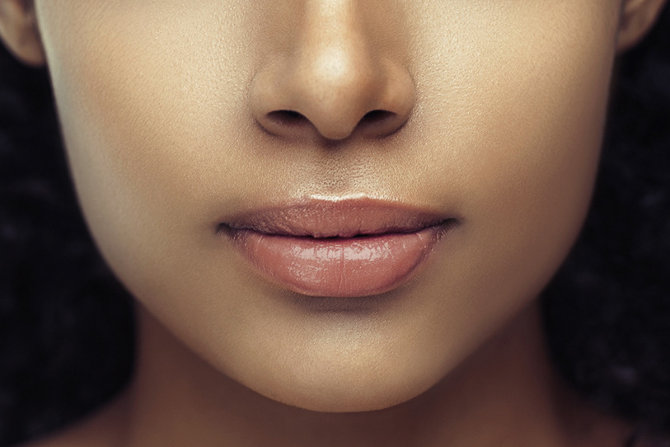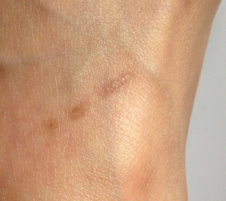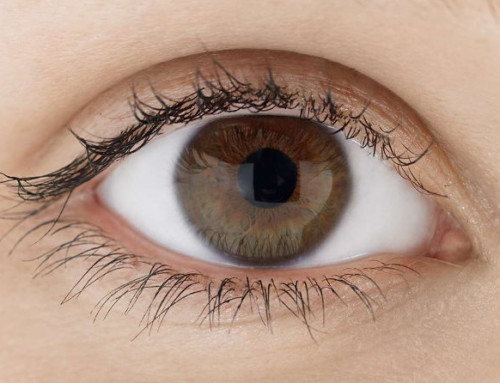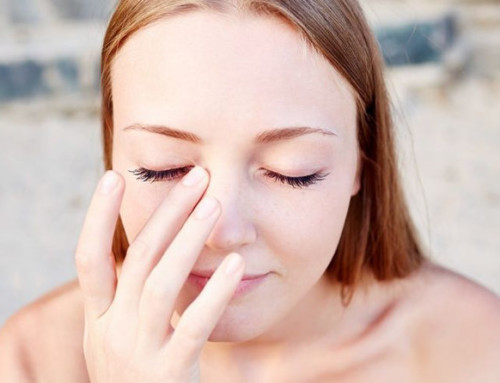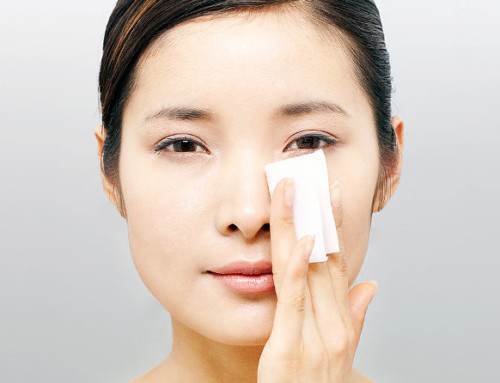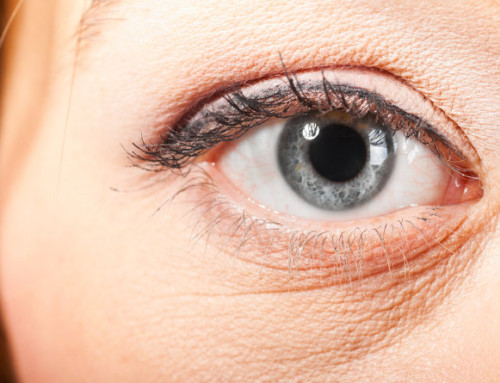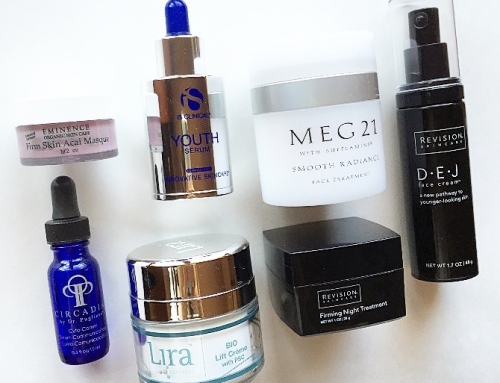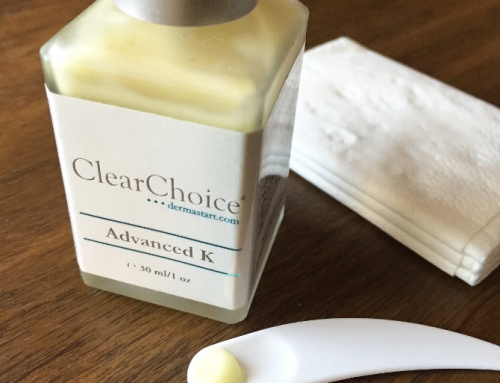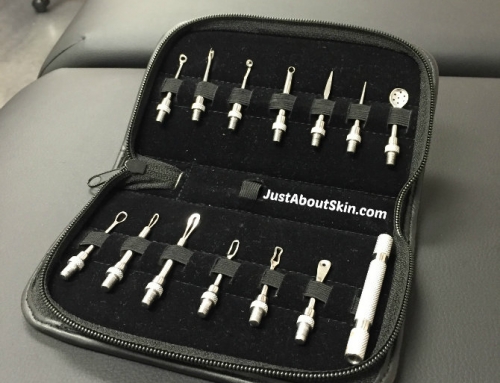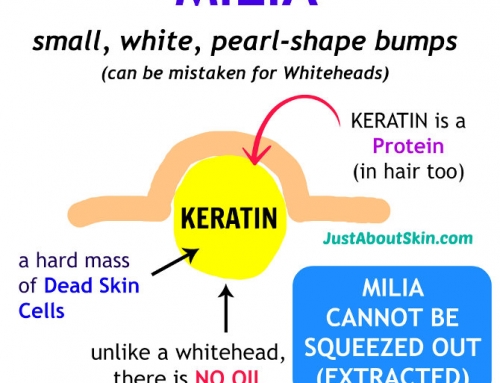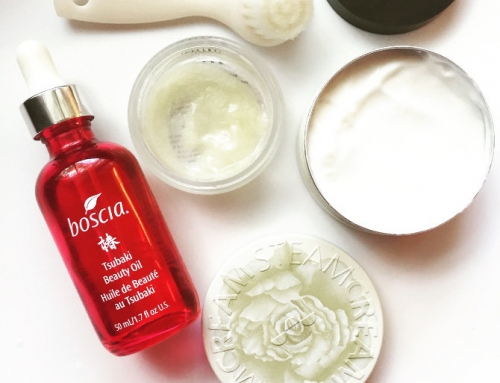Skin is such a dynamic, complex organ that it’s often hard to know what’s going on inside it. How many times do you ask yourself this question: How will my skin will react to this product?
There’s nothing worse than putting something on our skin, or having something done to our skin, and seeing a negative outcome afterward. Like a full blown allergic reaction, or even a rash, redness, burning, itching, pain, flaking, or dryness. And worst of all, a permanent change, such as a dark spot or scar.
Skin of color faces a few more complications. Today I’d like to go over two important risks if you have skin of color – pigmentation changes and scarring.
What Is Skin of Color?
What exactly falls under skin of color? It’s a broad term, but loosely, it describes the skin tones found in people of black, Hispanic, East Asian, South Asian, Indian, Middle Eastern, Native American, Mediterranean, and multi-racial heritage.
Generally, darker skin tones that fall under Fitzpatrick Skin Types 4-6, and sometimes Type 3. However, it isn’t necessarily the color of skin. In mixed heritage skin (more than one race, for example part black and part white), skin color may be light. But the risk factors remain.
Darker skin tones are much more sensitive to ingredients or procedures that cause changes in pigmentation and scarring.
Hyperpigmentation – Darker
The most important risk for skin of color is hyperpigmentation, which means excess pigment. Hyperpigmentation includes dark spots, dark patches, and areas of discoloration (a color that is darker than your normal skin color).
 Skin of color is very susceptible to hyperpigmentation. In darker skin tones, the cells that produce melanin (called melanocytes) are more reactive, and they produce larger deposits of melanin, which accounts for darker coloring.
Skin of color is very susceptible to hyperpigmentation. In darker skin tones, the cells that produce melanin (called melanocytes) are more reactive, and they produce larger deposits of melanin, which accounts for darker coloring.
This hyperpigmentation is caused by primarily two things: the sun and inflammation.
Darker skin tones are more likely to develop post-inflammatory hyperpigmentation, which can be due to anything that triggers inflammation.
Here are some common situations where inflammation can occur:
– a ruptured pimple (cystic acne)
– a wound, such as a cut or scrape
– extractions (done in a spa facial)
 – squeezing or popping blemishes at home
– squeezing or popping blemishes at home
– harsh exfoliation with abrasive particles (scrubs made with nuts and pits)
– Alpha Hydroxy Acids (in exfoliants)
– a strong lightening treatment product (such as Hydroquinone)
– a chemical peel gone wrong
– invasive cosmetic procedures, such as lasers and microdermabrasion
– other mechanical or chemical trauma
What You Can Do
1. Wear Sunscreen
 You need to be extra careful to wear sunscreen on areas where something has just happened to your skin – for example, if your skin was exfoliated, extracted, or wounded.
You need to be extra careful to wear sunscreen on areas where something has just happened to your skin – for example, if your skin was exfoliated, extracted, or wounded.
Melanin (the pigment color) is produced when there is inflammation. And in skin of color, inflammation is stimulated very easily by mechanical or chemical trauma to skin.
The most important time to wear the sunscreen is right when a pimple or wound is healing, or right after you have been exfoliated or peeled.
This is the crucial time when melanin is actively generated and deposited in the epidermis.
You need to continue wearing the sunscreen too, because the sun will continue to stimulate melanin in your skin.
The sun is extremely good at stimulating melanin production. It’s the skin’s natural way of protecting itself. You can’t make it stop. But you can shield your skin from the sun so that less melanin is made.
 2. Avoid Harsh Physical Exfoliants (Scrubs)
2. Avoid Harsh Physical Exfoliants (Scrubs)
Some scrubs are made with the chopped shells of nuts, fruit pits, and other abrasive materials. Especially the scrubs you find in a drugstore.
I’m not a fan of scrubs in general, because they’re harsh on skin and chemical exfoliants are more effective. But if you like scrubs, choose ones made with gentle, small beads. You will likely have to go outside the drugstore because they cost more.
3. Don’t Over-Exfoliate
Chemical exfoliation triggers some inflammation, which is actually helpful for skin rejuvenation. But up to a certain amount. An excessive amount of inflammation does more harm than good to skin.
After you exfoliate, use skin care products with anti-inflammatory ingredients.
4. Avoid Hydroquinone
 Hydroquinone can result in increased pigmentation in skin of color. Another risk is repigmentation after Hydroquinone treatment is discontinued.
Hydroquinone can result in increased pigmentation in skin of color. Another risk is repigmentation after Hydroquinone treatment is discontinued.
At a concentration greater than 2%, you need a doctor’s prescription, and the doctor should advise you of the risks. A higher concentration carries more risk.
Hydroquinone is an effective lightening agent but is a controversial ingredient due to its potential toxicity and sensitizing potential. Some medical studies have shown it to be cytotoxic at doses greater than 4%. (Cytotoxic means it kills cells.)
5. Avoid Tretinoin (Retin-A)
Tretinon is the acidic form of Vitamin A, also known as retinoic acid. This form can cause inflammation that leads to either hyper-pigmentation or hypo-pigmentation (explained below). A better alternative is retinol, which is more gentle.
Tretinoin is available by prescription only. So again, if you get this, the doctor should warn you of the risks.
Hypopigmentation – Lighter
 Skin of color is also vulnerable to hypo-pigmentation, which is the opposite of hyperpigmentation. It’s when you develop lighter spots or patches of color than your normal skin color.
Skin of color is also vulnerable to hypo-pigmentation, which is the opposite of hyperpigmentation. It’s when you develop lighter spots or patches of color than your normal skin color.
Uneven lightening may occur after an aggressive procedure, such as a laser treatment (e.g. CO2), or strong ingredients, such as Hydroquinone or Tretinoin (Retin A).
You generally don’t have to worry about hypopigmentation with the use of regular skin care products. Hyperpigmentation is far more common.
What You Can Do
 Be careful! Because once you get it, you can’t reverse it.
Be careful! Because once you get it, you can’t reverse it.
Unlike hyperpigmentation, hypopigmentation is very hard to reverse.
When you have hyperpigmentation, you can minimize it through ingredients that inhibit melanin production and exfoliating treatments or procedures that speed up the shedding of skin.
But with hypopigmentation, the melanocytes that produce melanin may become permanently damaged. Those cells lose their ability to produce pigment. Skin becomes permanently ‘bleached,’ just like a piece of dark clothing that has been accidentally dripped with bleach.
This is why it’s very important to be aware of and avoid things that could potentially give you hypopigmentation.
Scarring
 The other very important risk for skin of color is scarring. Darker skin tones can easily develop excess scar tissue, which can look like a raised scar.
The other very important risk for skin of color is scarring. Darker skin tones can easily develop excess scar tissue, which can look like a raised scar.
The scar also easily pigments, becoming a darker color than the skin’s normal color.
So whenever you get a wound, such as a cut or scrape, take extra care to keep the wound moist while it’s healing. If the wound is dried out while healing, the skin will scar more easily.
Antibacterial ointment (e.g. bacitracin, neosporin, etc.) or petroleum jelly will keep the wound moist and sticky. It decreases the chance of hypertrophic scarring (which is excess scar tissue, such as a keloid scar).
My Foot Scar
Last year I banged my foot against a door, which scratched the skin superficially. It couldn’t even be called a cut. More like a scrape. There was just a light peeling of the skin and a tiny amount of blood. It didn’t require a band aid.
Guess what happened? That ‘scratch’ ended up giving me a dark line scar.
It took longer to heal than I expected. I was surprised it didn’t heal faster. If the scrape had been on my hand, the skin would’ve returned to normal fairly quickly, without any change in color.
Skin heals faster when there is better circulation, and circulation is better in the hands than the feet. Healing takes longer on areas that are farther away from the heart, like the lower extremities where circulation is less efficient. (Blood from the heart has to travel farther.)
Had I known the scrape on my foot would be slow to heal, I would’ve taken more care to protect the wound. As it turns out, this happened in the middle of summer, and I was wearing open-toed shoes part of the time. Also, given that it was such a minor scrape and it was on my foot, I wasn’t paying attention to it.
What I should’ve done is not worn sandals at all. Or I should’ve plastered that part of my skin with thick, heavy, occlusive sunscreen. Even better, I could’ve covered up the scrape with a band aid (to shield it from the sun).
The tricky thing is, by the time I realized the scrape was developing color, it was too late. It only took a matter of days (just a few) for the pigment to form.
This goes back to what I was saying earlier. Timing is critical. The beginning stage of healing is when skin is most vulnerable to pigmentation and scarring.
Now I am stuck with a dark line scar, all from the most trivial of scratches! And not much is helping to fade it. Hyperpigmentation is very difficult to treat in general. And even more so on skin of color.
Words of Advice
Whenever you choose to get a procedure that can potentially alter your pigmentation or cause scarring, the physician or skin care professional performing it should advise you of the risks.
Sometimes, you may not get adequate warnings, which is why it’s good to be aware of these risks yourself. For instance, I rarely get extractions done by others because my skin easily develops red spots from extractions. The tiniest pinch can leave a red mark for days. These red spots turn into dark spots that take a very long time to fade.
This is a classic case of post-inflammatory hyperpigmentation, and my skin is very sensitive to it. My skin is also thin, which makes red spots more likely. (When skin is thin, it’s easier to rupture blood capillaries).
I rarely get this advice from skin professionals who offer to do extractions on me, which is why I’m bringing this up. You have to be proactive and know what to avoid.
When you’re on your own, be careful of everyday activities that can leave a mark on your skin, such as squeezing a pimple or cyst (which you shouldn’t be doing anyway!), exfoliating with harsh ingredients, and not taking care of a minor wound right away.

